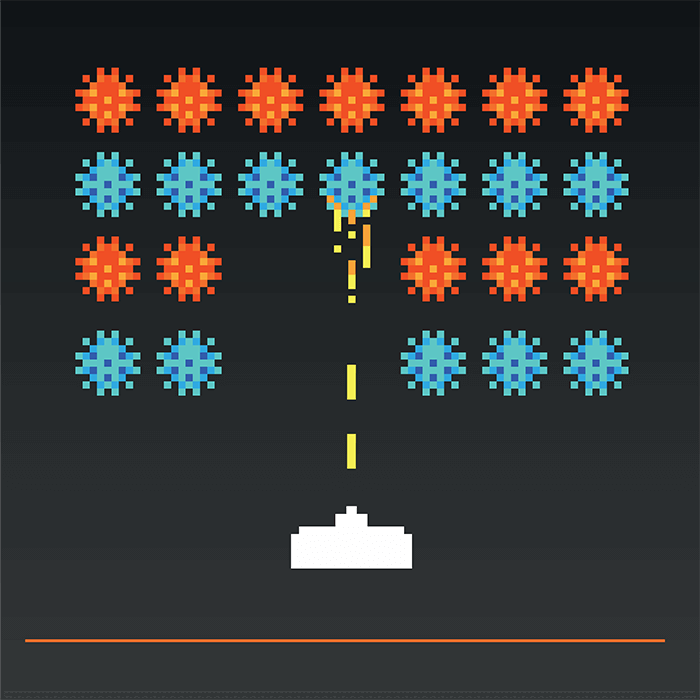Over the past two years, the COVID-19 pandemic has highlighted the importance of effective diagnostics for infectious diseases – not to mention the vital role testing has played in curbing the spread of SARS-CoV-2. Now, researchers have developed a fully automated system to predict the effectiveness of viral diagnostics and design optimal tests (1). Using CRISPR-based diagnostics, the team screened 19,209 diagnostic-target pairs and trained a deep neural network to predict the diagnosis. They then used combinatorial optimization to improve the model’s sensitivity to viral genomic variation – arriving at the Activity-informed Design with All-inclusive Patrolling of Targets (ADAPT) system.
“ADAPT is really about developing countermeasures that target the virus that’s circulating right now and being prepared to move with the virus as it changes,” said Pardis Sabeti, senior author of the study (2). “As we’ve watched SARS-CoV-2 adapt in real time, we’ve learned just how much we need to change with it and other viruses.”
The team used ADAPT to design diagnostics for 1,933 vertebrate-infecting viral species, detecting most species within two hours and all but three within 24 hours. Though the ADAPT deep neural network was trained for CRISPR-based diagnostics, the team highlights that it can also be applied to models for other sequence-based tests, such as qPCR. “At the core of building good diagnostics is knowing what to target and how to target it,” Sabeti said (2). “We spend a lot of time building technologies to do that, but we've shown that, with thoughtful algorithmic work, we can get these methods to work much, much better.”
As COVID-19 shifts towards endemicity, there will no doubt be a shift in the number and type of tests required in healthcare and community settings – with a focus on identifying a wider variety of circulating respiratory viruses as they evolve. Recognizing this, ADAPT predicts which guide RNAs will yield strong signals in tests applied to different viral strains and variants, meaning that it would be able to detect different lineages throughout a virus’ evolution. The researchers also built ADAPT using the latest viral genomes from public databases – and the system is fully automated, allowing it to stay up to date as new variants emerge.

References
- HC Metsky et al., Nat Biotechnol, [Online ahead of print] (2022). PMID: 35241837.
- Allessandra DiCorato (2022). Available at: https://bit.ly/3wiuDXW.




